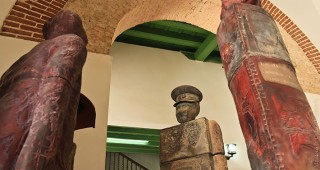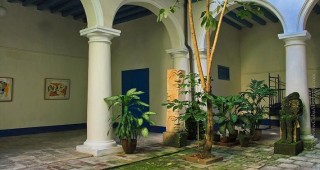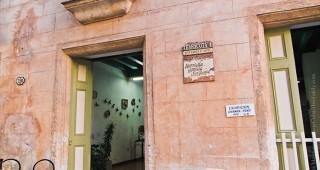Also known as La Catedral del Helado (the Cathedral of Ice Cream), this is the setting where the award winning Cuban film Fresa y Chocolate (Strawberry and Chocolate) begins. Coppelia, named after the comic ballet, has become an iconic place for Habaneros. It is located in the center of a block-size park and is one of the world’s biggest ice cream parlors, seating up to 1,000 people.
Construction took six months and precast concrete was used to ensure uniformity. Customers can sit outside, in the shade of trees, around wrought-iron tables, in any of the three canchas (open air sections) or upstairs, at the flying saucer-like parlor, where there are four glassed-in circular rooms 12 meters in diameter.
Coppelia opened on June 4, 1966, with 26 different flavors, and people were immediately drawn to it. Before the Período Especial (literally, Special Period, a period of economic crisis that began in 1991, after the collapse of the Soviet Union) over 20 different flavors were sold here, but nowadays the range is quite limited. On a hot summer day, lines can be a drag, but Coppelia is still one of Havana’s best-known stops.




 Colonial
Colonial








